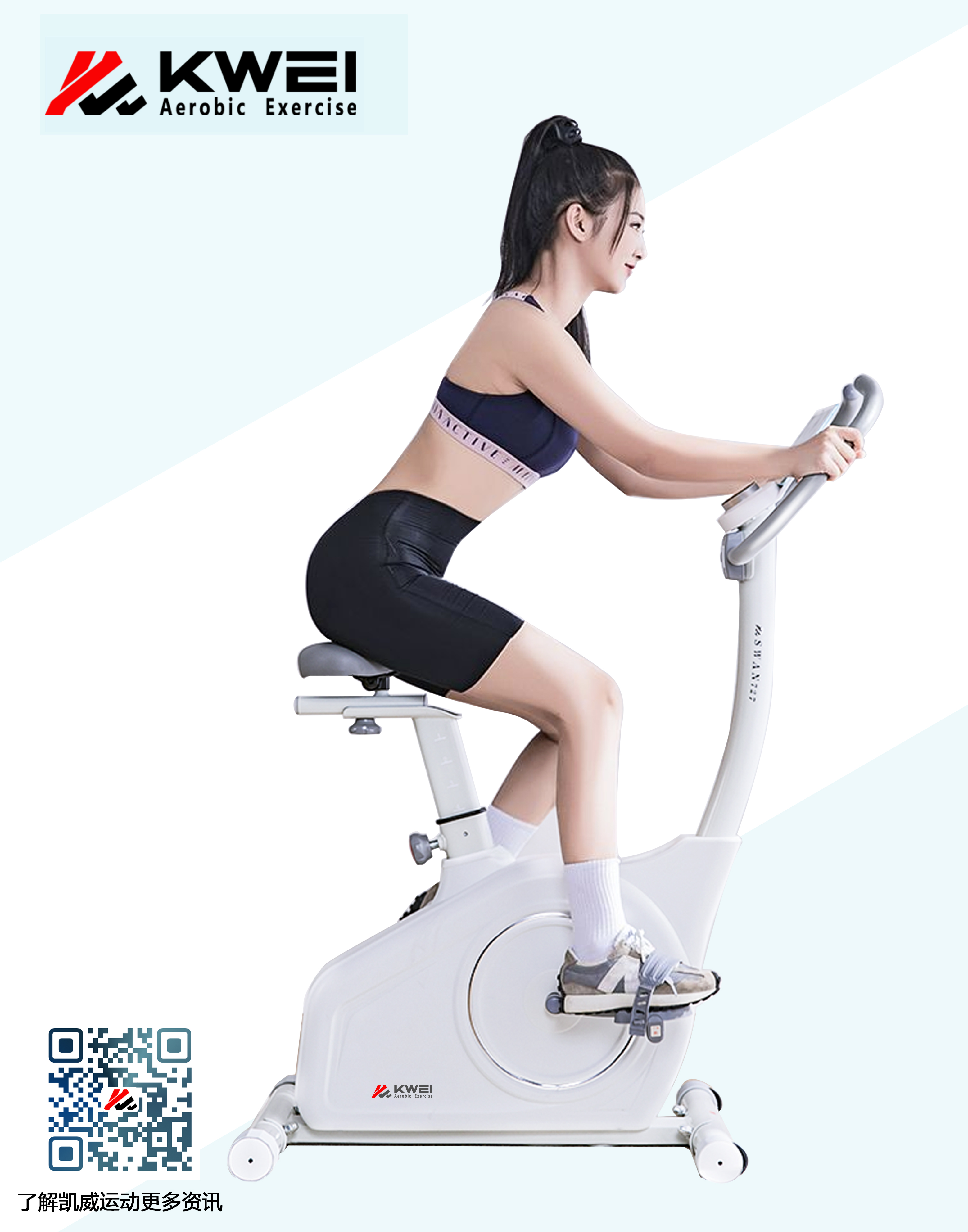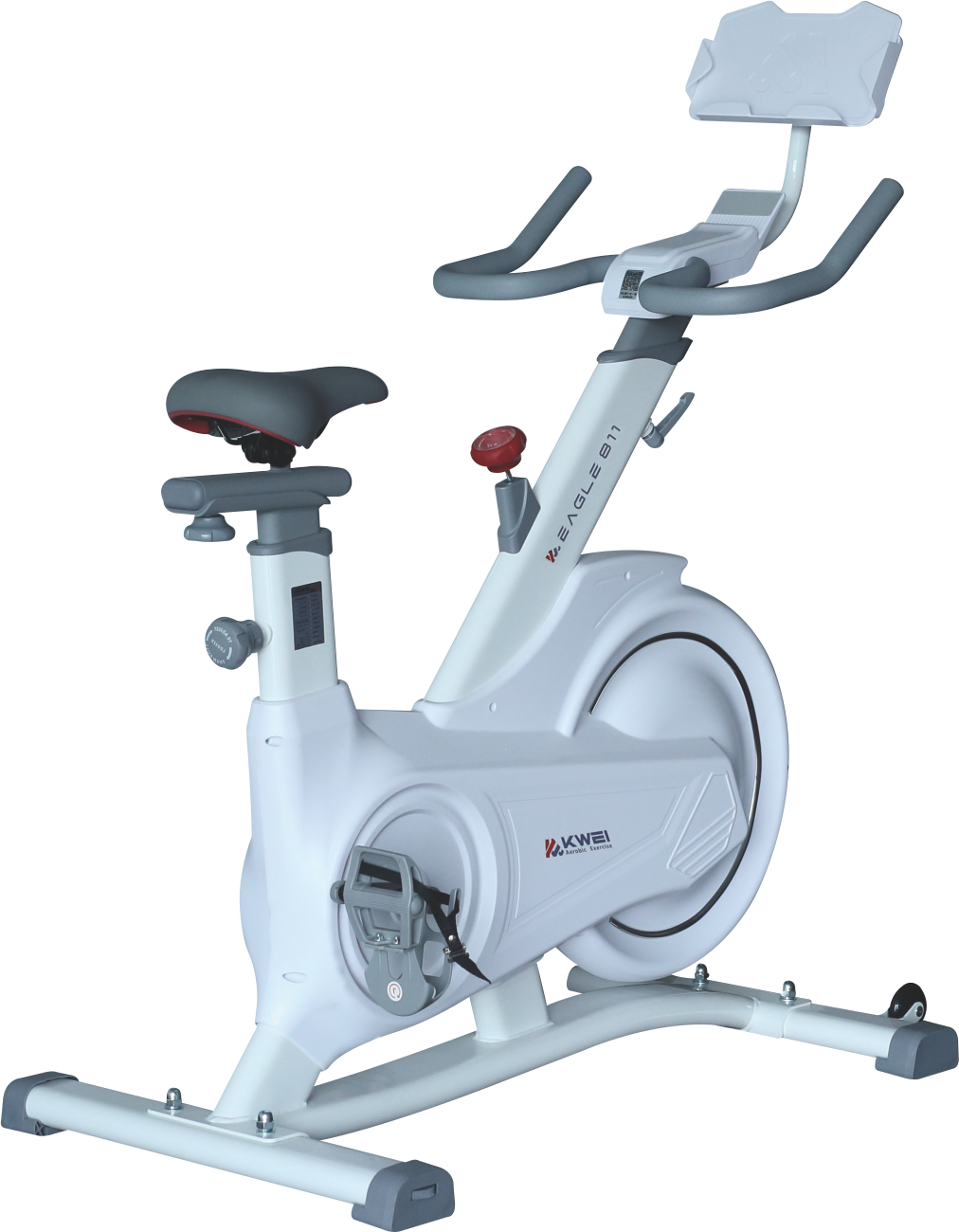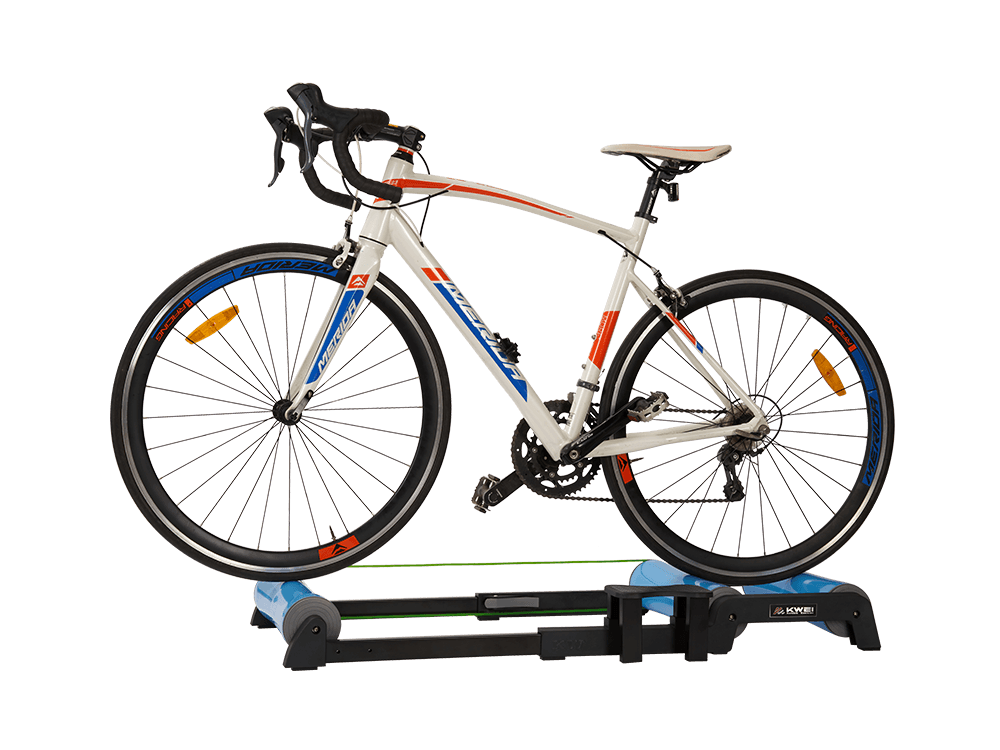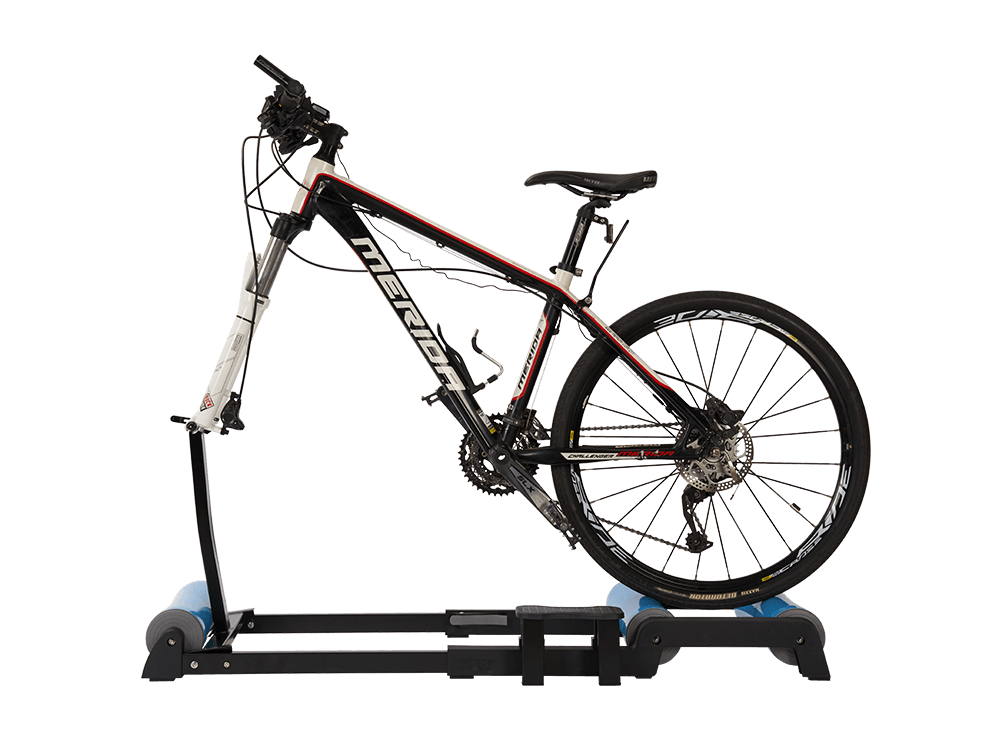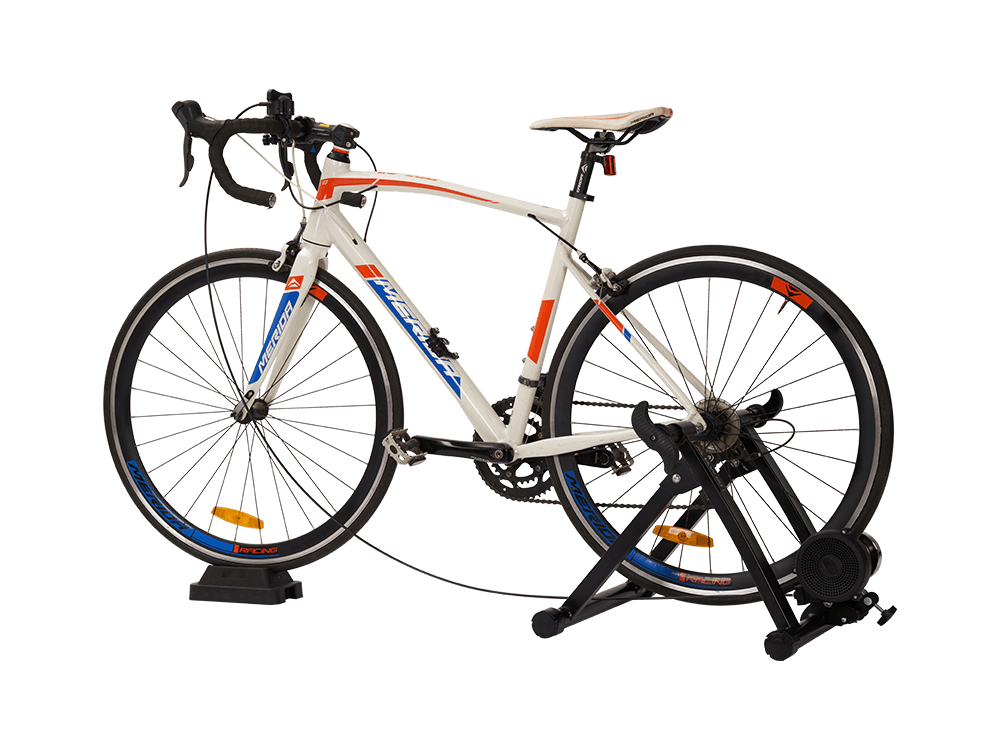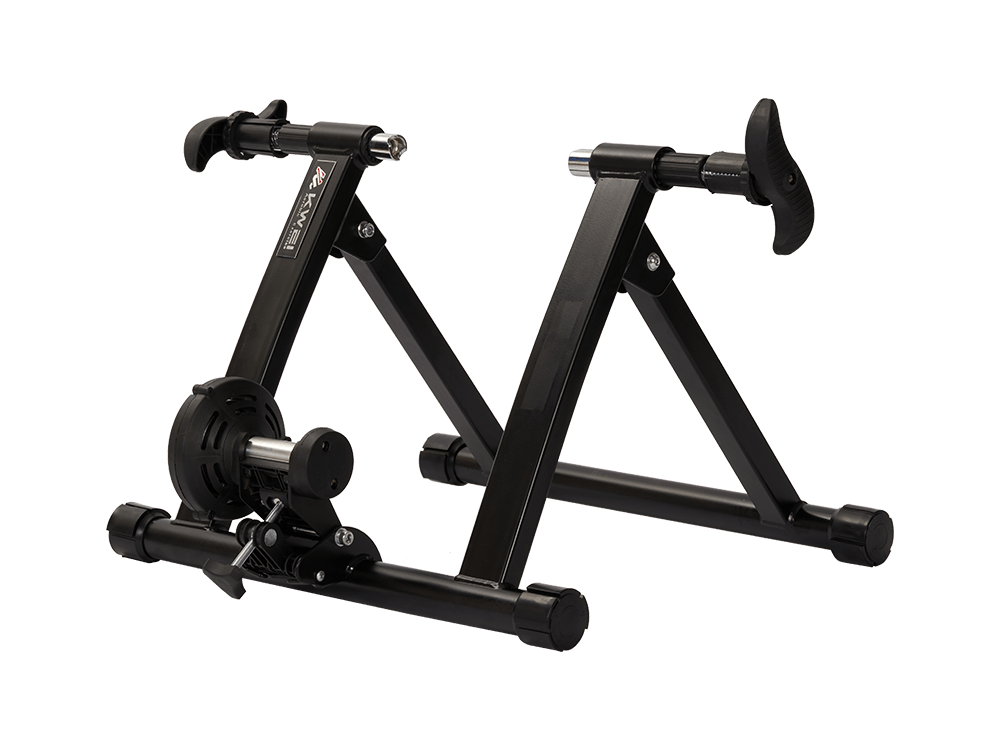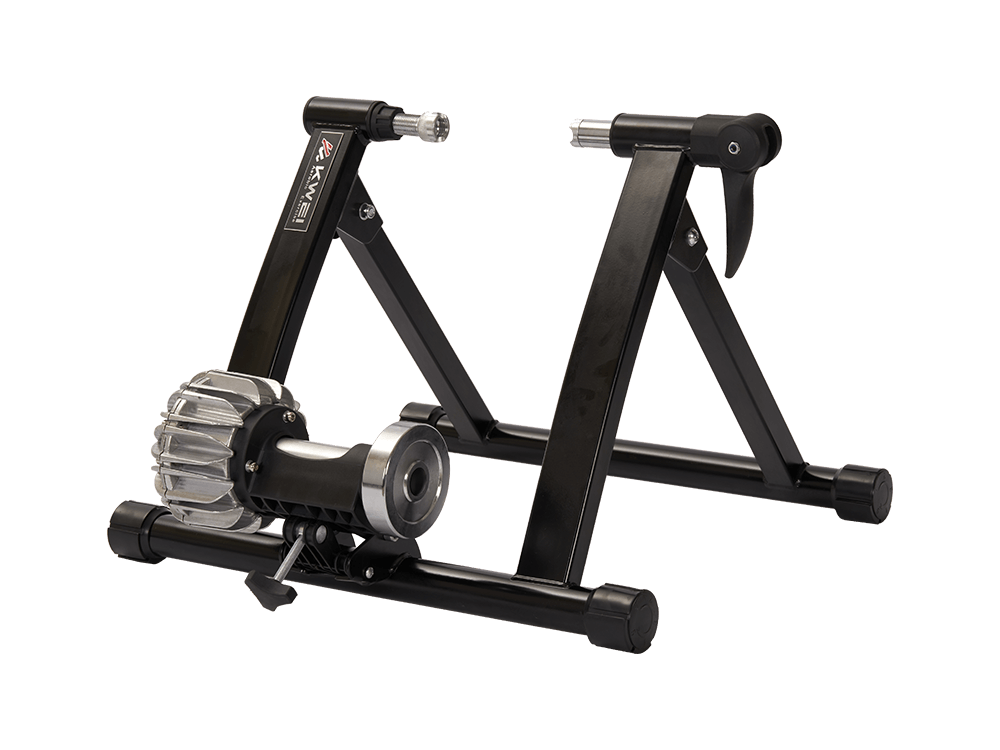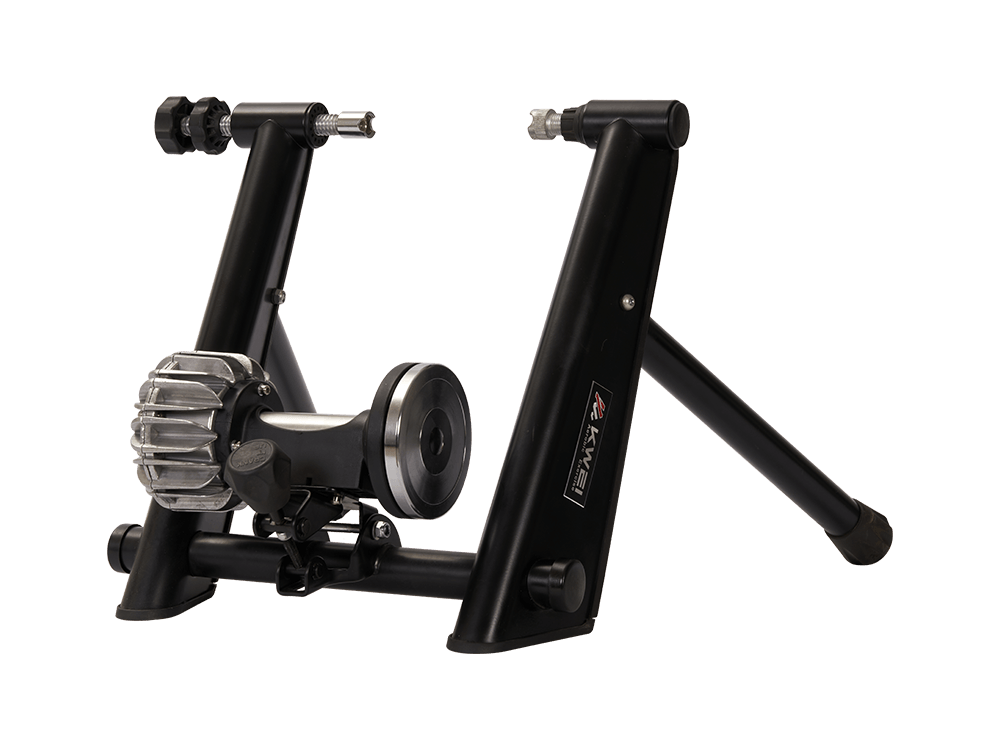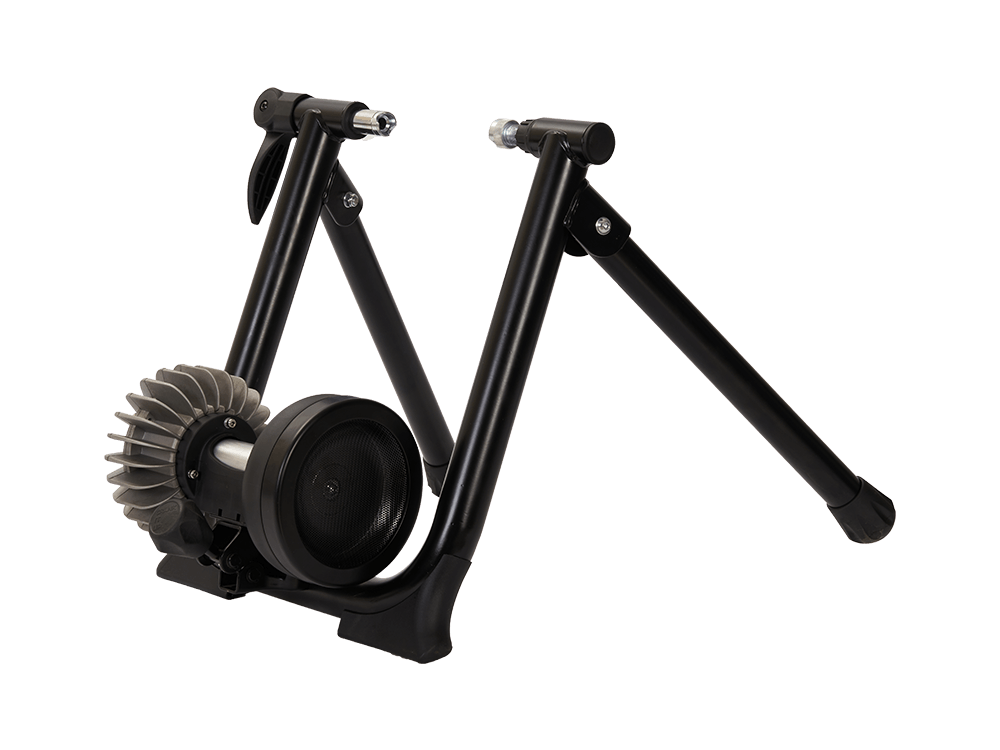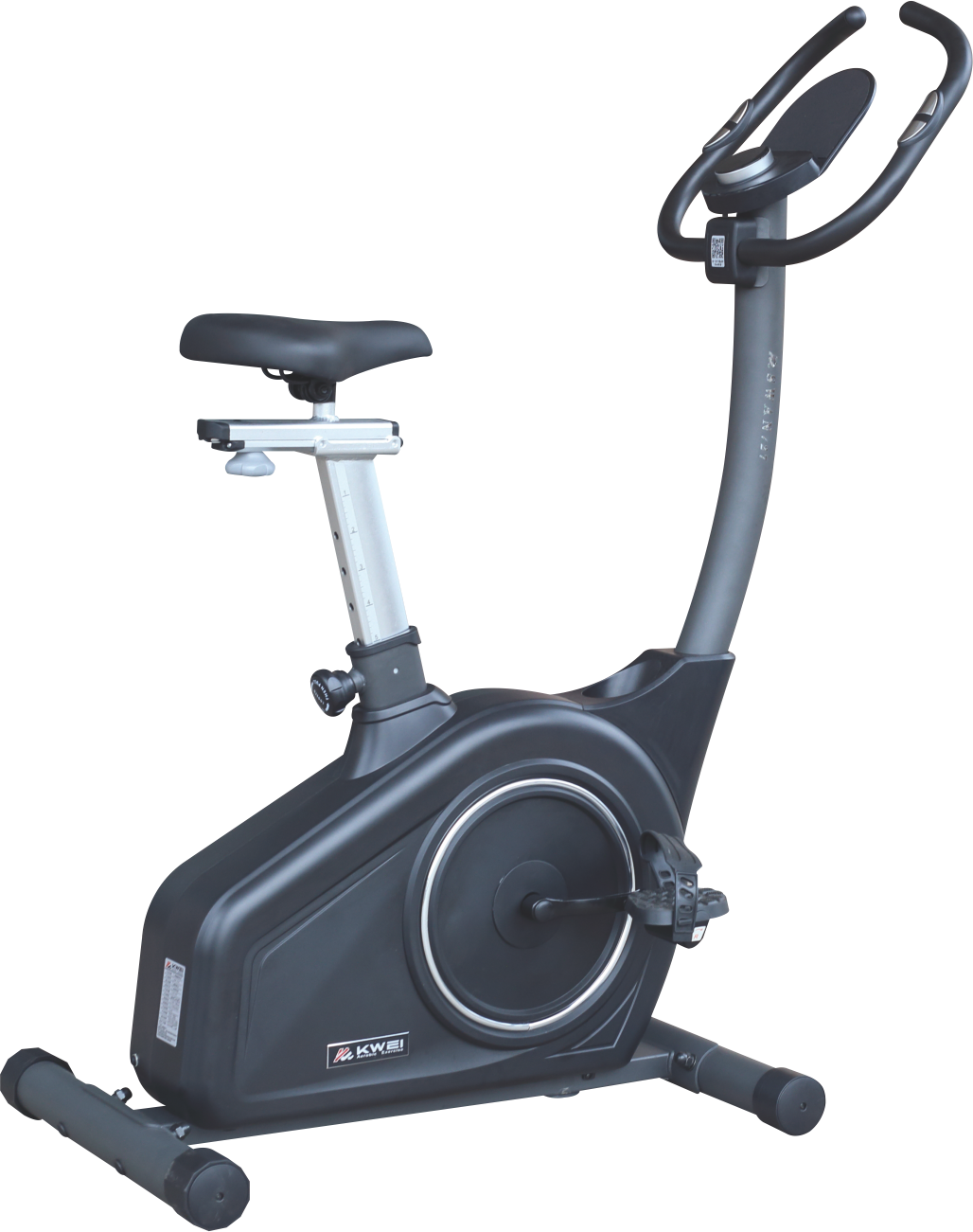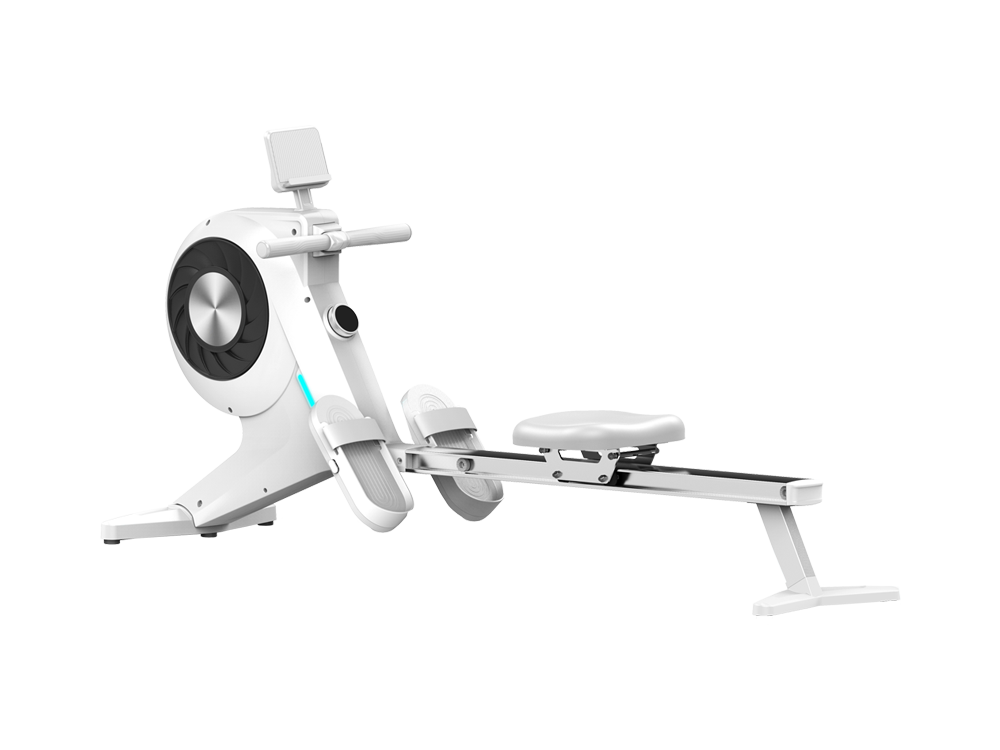How does the design of a Bike Trainers Riding Platform contribute to stability and safety during intense cycling workouts?
Frame Construction:
The frame of the riding platform is a critical component. It should be robust, made from sturdy materials such as steel or aluminum, to provide a stable foundation for the bike. The frame's design should minimize flexing and torsional movements, ensuring that it can handle the forces generated during intense cycling.
Base Stability:
A wide and well-balanced base is essential for stability. A broad footprint helps distribute the rider's weight evenly, reducing the risk of tipping or wobbling during high-intensity efforts. Some platforms may have adjustable legs or leveling mechanisms to accommodate uneven surfaces.
Anti-Slip Surfaces:
The surfaces where the bike's tires make contact with the platform should have anti-slip features. This prevents the bike from shifting or sliding during intense pedaling, enhancing stability and reducing the risk of accidents.
Secure Bike Mounting System:
The design should include a secure bike mounting system that holds the bike firmly in place. This may involve adjustable clamps, quick-release mechanisms, or thru-axle compatibility to ensure a stable connection between the bike and the platform.
Weight Capacity:
The platform should be designed to support the weight of the rider and the bike during intense workouts. The materials used and the structural design should be able to withstand the dynamic forces without compromising stability.
Vibration Damping:
Intense cycling workouts can generate vibrations, especially when using resistance features. The platform may incorporate vibration-damping elements or materials to absorb and minimize vibrations, providing a smoother and more stable riding experience.
Adjustability:
The ability to adjust the platform to accommodate different bike sizes and rider preferences is important. Adjustable features, such as height and bike angle adjustments, contribute to both comfort and stability during workouts.
Foldable or Portable Design:
Some riders may require the ability to store or transport the bike trainer easily. Platforms with foldable or portable designs should maintain stability when in use and provide a secure riding experience. Locking mechanisms should be in place to prevent unintentional folding during workouts.
Safety Features:
The design may include safety features such as rounded edges, covered bolts, and secure footrests to minimize the risk of injuries during use. Clear instructions on proper setup and usage contribute to user safety.
Compatibility with Accessories:
Some riders use accessories such as fans, water bottle holders, or electronic devices during workouts. The platform's design may include attachment points or integrated features to accommodate these accessories without compromising stability.
By integrating these design considerations, manufacturers can create bike trainer riding platforms that offer a stable and safe environment for cyclists during intense workouts. Riders should always follow manufacturer guidelines for setup and usage to ensure a secure and effective training experience.


 中文简体
中文简体 English
English Español
Español Deutsch
Deutsch
